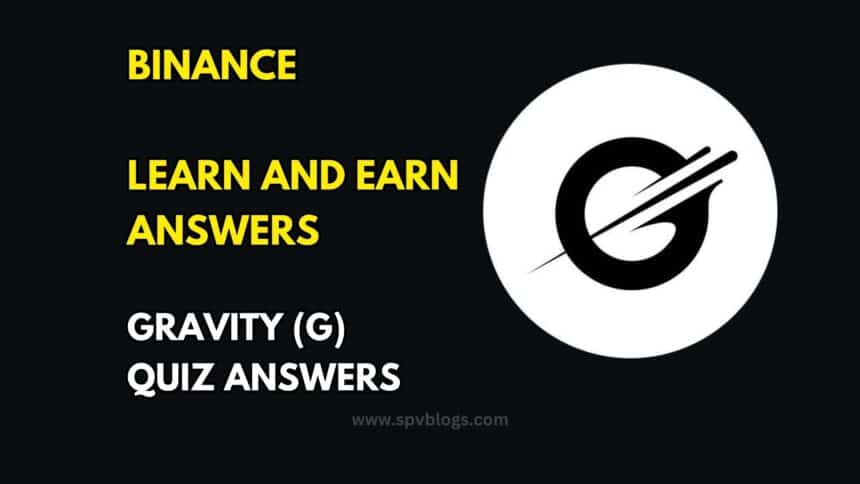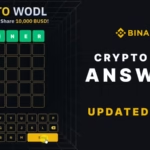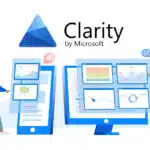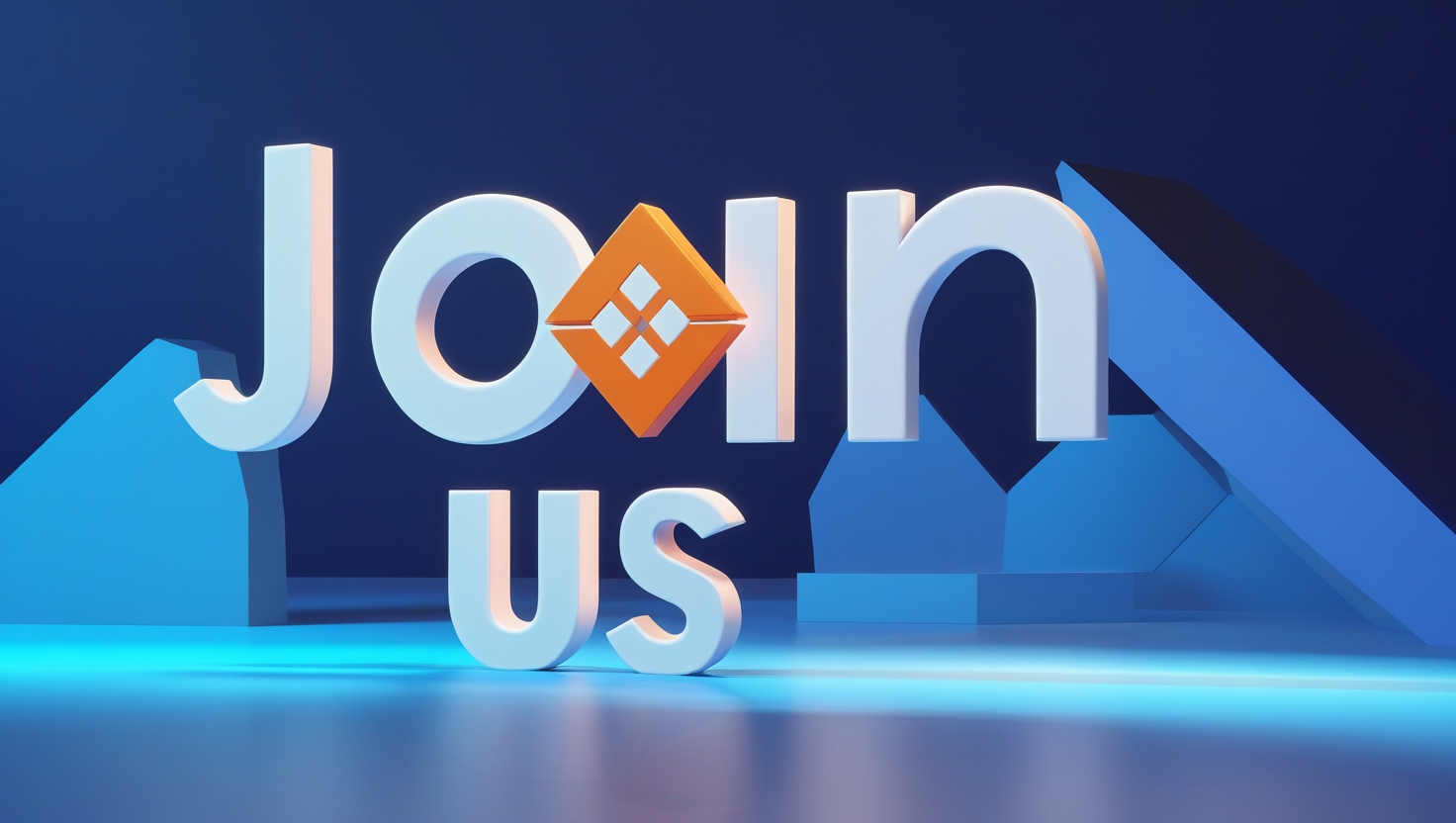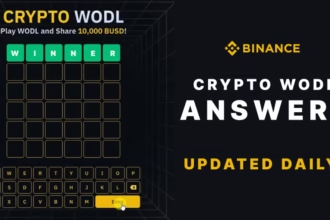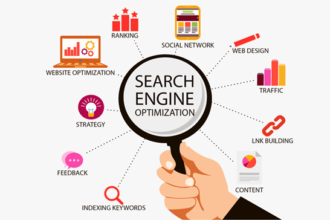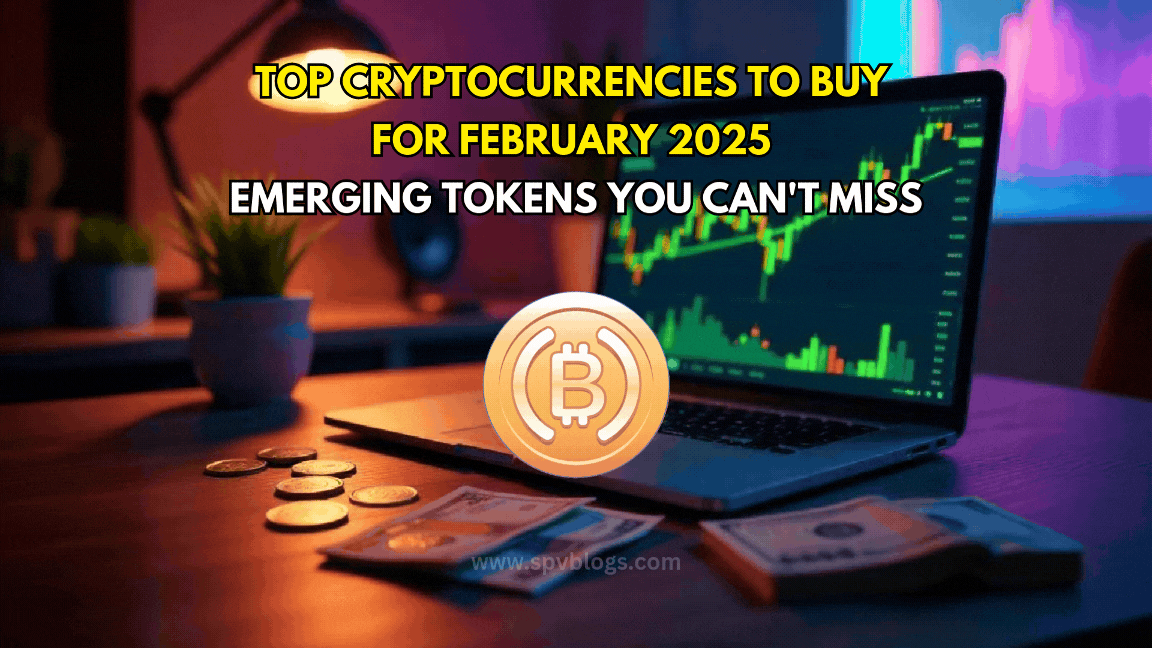Question 01: What is the main advantage of Gravity’s omnichain capabilities?
Answer 01: Enables interoperability between blockchains without performance degradation.
Question 02: Gravity’s SDK is refined from which chain?
Answer 02: The Aptos chain’s Proof-of-Stake framework.
Question 03: Which mechanism is Gravity’s security model powered by?
Answer 03: Restaking-based Proof of Stake (POS).
Question 04: What function does the G Token serve in Gravity’s ecosystem?
Answer 04: Governance, staking, and paying for transactions.
Question 05: What is the vision of Gravity’s future in Web3?
Answer 05: To enable seamless, unified, omnichain blockchain interactions.
Question 06: Which design architecture does Gravity use to process transactions efficiently?
Answer 06: Parallel transaction processing architecture.
Question 07: Which of these protocols does Gravity integrate for enhanced security?
Answer 07: EigenLayer and Babylon restaking protocols.
Question 08: What does Gravity’s pipelined architecture improve?
Answer 08: Blockchain resource utilization and transaction execution speed.
Question 09: What makes sub-second finality important in Gravity?
Answer 09: It reduces transaction delays, creating a smoother user experience.
Question 10: What is the key feature of Gravity’s throughput?
Answer 10: 1 gigagas per second processing capability.


